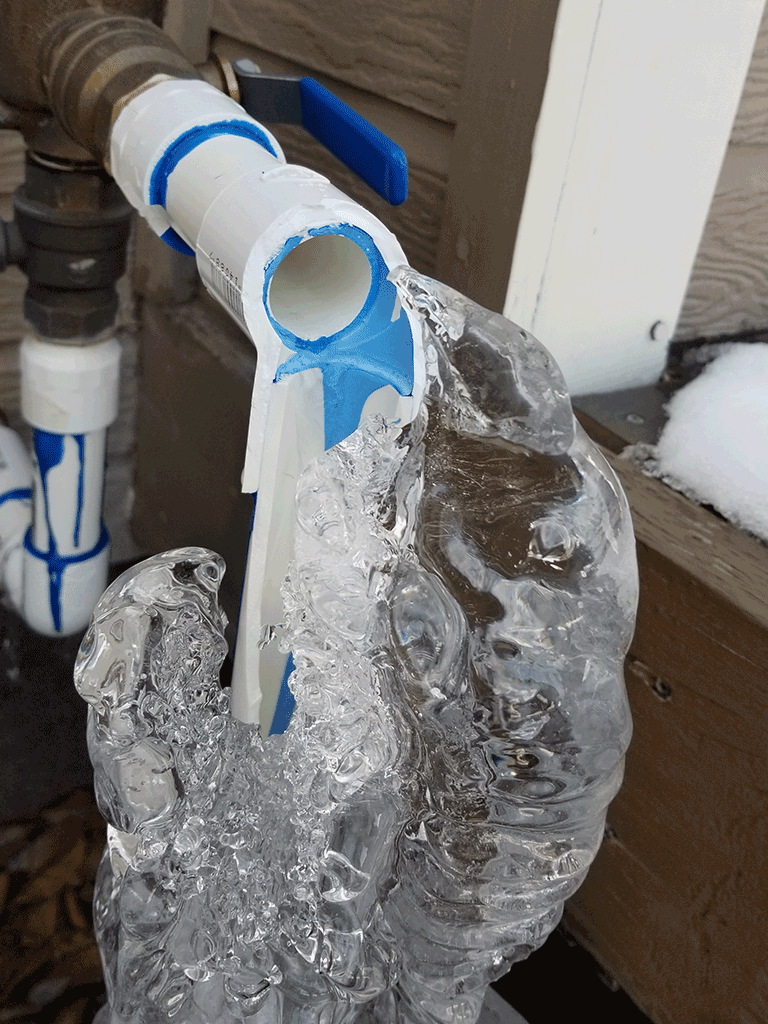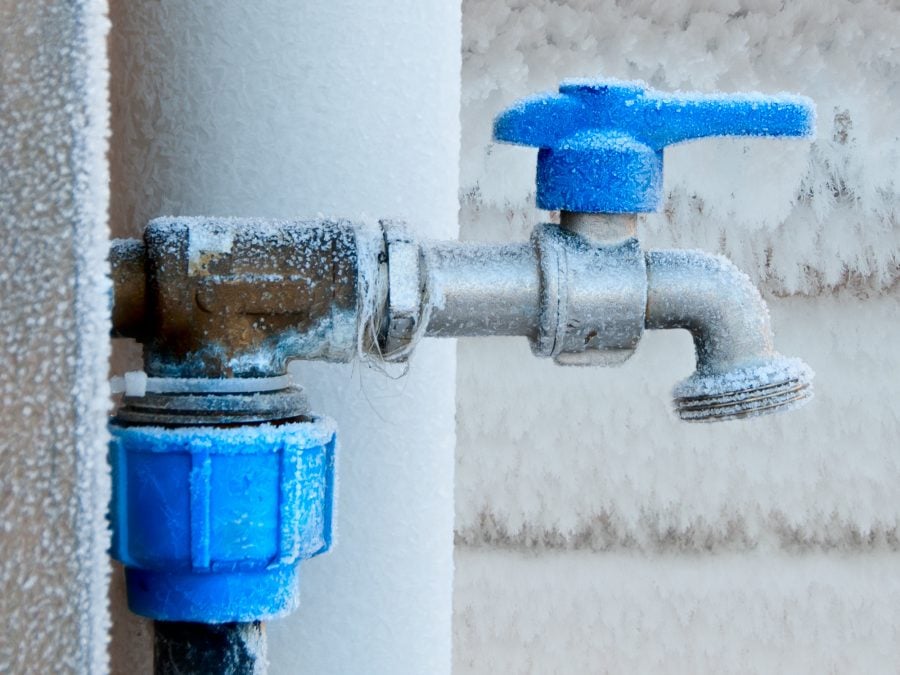Preventing Frozen Pipes in Cold Weather: Professional Advice
Preventing Frozen Pipes in Cold Weather: Professional Advice
Blog Article
What are your thoughts and feelings on Prevent Frozen Pipes ?

Cold weather can wreak havoc on your plumbing, particularly by freezing pipes. Here's how to stop it from occurring and what to do if it does.
Intro
As temperatures drop, the threat of icy pipelines increases, possibly leading to pricey fixings and water damages. Recognizing how to prevent frozen pipes is crucial for property owners in cool climates.
Prevention Tips
Shielding prone pipes
Cover pipes in insulation sleeves or use warm tape to shield them from freezing temperature levels. Focus on pipes in unheated or external locations of the home.
Heating methods
Maintain indoor rooms appropriately heated, especially areas with plumbing. Open cabinet doors to enable warm air to distribute around pipes under sinks.
How to identify frozen pipes
Look for decreased water circulation from taps, uncommon smells or sounds from pipes, and visible frost on exposed pipes.
Long-Term Solutions
Structural modifications
Think about rerouting pipes far from exterior walls or unheated areas. Include extra insulation to attics, cellars, and crawl spaces.
Updating insulation
Purchase high-grade insulation for pipes, attic rooms, and wall surfaces. Appropriate insulation helps keep constant temperatures and decreases the threat of frozen pipelines.
Safeguarding Exterior Plumbing
Yard hose pipes and exterior faucets
Detach and drain pipes garden hose pipes prior to winter. Set up frost-proof faucets or cover outdoor faucets with shielded caps.
Understanding Frozen Pipelines
What creates pipelines to freeze?
Pipes ice up when exposed to temperature levels below 32 ° F (0 ° C) for extended periods. As water inside the pipelines freezes, it broadens, taxing the pipeline walls and potentially triggering them to rupture.
Threats and problems
Frozen pipes can cause water disruptions, building damages, and pricey repairs. Burst pipelines can flooding homes and create extensive structural damages.
Indicators of Frozen Pipeline
Identifying icy pipes early can prevent them from breaking.
What to Do If Your Pipes Freeze
Immediate actions to take
If you believe frozen pipes, maintain faucets available to soothe stress as the ice thaws. Make use of a hairdryer or towels taken in warm water to thaw pipes slowly.
Verdict
Protecting against frozen pipes requires proactive steps and quick feedbacks. By recognizing the reasons, indicators, and safety nets, home owners can shield their plumbing during winter.
5 Ways to Prevent Frozen Pipes
Drain Outdoor Faucets and Disconnect Hoses
First, close the shut-off valve that controls the flow of water in the pipe to your outdoor faucet. Then, head outside to disconnect and drain your hose and open the outdoor faucet to allow the water to completely drain out of the line. Turn off the faucet when done. Finally, head back to the shut-off valve and drain the remaining water inside the pipe into a bucket or container. Additionally, if you have a home irrigation system, you should consider hiring an expert to clear the system of water each year.
Insulate Pipes
One of the best and most cost-effective methods for preventing frozen water pipes is to wrap your pipes with insulation. This is especially important for areas in your home that aren’t exposed to heat, such as an attic. We suggest using foam sleeves, which can typically be found at your local hardware store.
Keep Heat Running at 65
Your pipes are located inside your walls, and the temperature there is much colder than the rest of the house. To prevent your pipes from freezing, The Insurance Information Institute suggests that you keep your home heated to at least 65 degrees, even when traveling. You may want to invest in smart devices that can keep an eye on the temperature in your home while you’re away.
Leave Water Dripping
Moving water — even a small trickle — can prevent ice from forming inside your pipes. When freezing temps are imminent, start a drip of water from all faucets that serve exposed pipes. Leaving a few faucets running will also help relieve pressure inside the pipes and help prevent a rupture if the water inside freezes.
Open Cupboard Doors
Warm your kitchen and bathroom pipes by opening cupboards and vanities. You should also leave your interior doors ajar to help warm air circulate evenly throughout your home.

I stumbled upon that page about How to prepare your home plumbing for winter weather when doing a lookup on the web. In case you enjoyed reading our page please don't forget to pass it around. Thanks a lot for going through it.
Visit Our Website Report this page